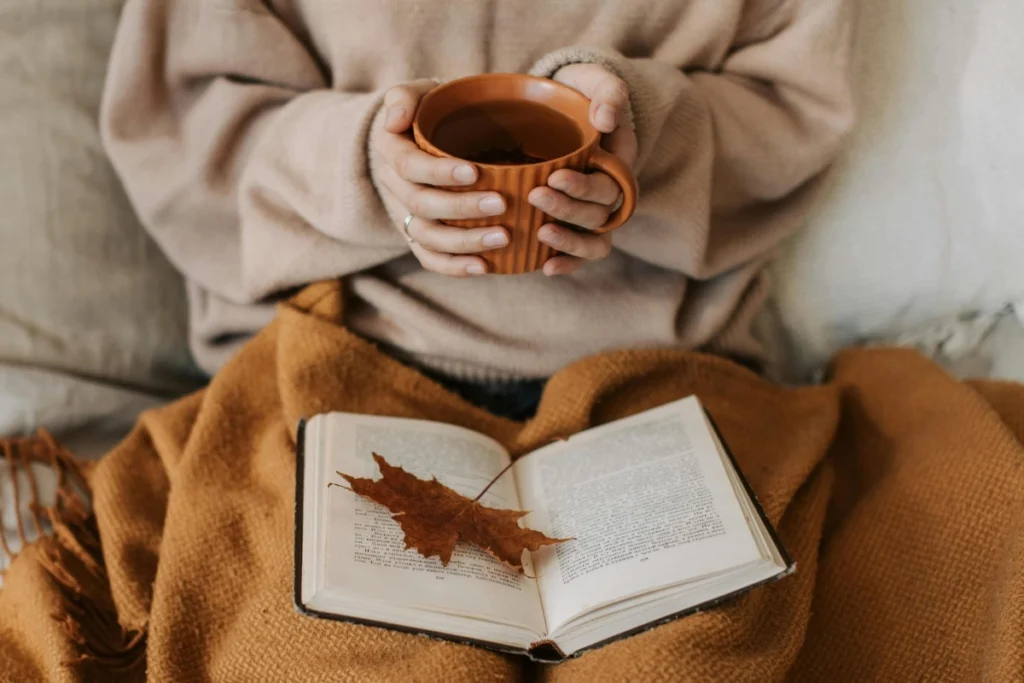Take a moment and think back to the last time you truly felt relaxed. Wouldn’t it be great if you could recreate this feeling every day? Relaxation doesn’t have to be reserved for getaways or retreats; it can be as simple as doing nothing at all. This may be easier said than done, especially if we’re used to the “go go go” of a busy schedule. For this National Relaxation Day, we can begin to create a relaxation routine from our very own homes.
What is Relaxation?
Relaxation can be understood in both psychological and physical terms as it refers to the release of tension from muscles as well as peaceful thoughts and feelings. Although relaxation is often thought of in relation to the physical body, it applies to the mind as well. Relaxation methods can affect our overall wellbeing as the body, mind, and emotions are all interconnected.
Relaxation is also described as doing nothing at all. When we have this time of calm, we can begin to hear ourselves more clearly, recognizing how we talk to ourselves. We may notice that we’re constantly critiquing ourselves or casting ourselves in a negative light. Once we become aware of this habit, we can begin to treat ourselves more gently and switch to positive self-talk.
Relaxation Techniques
There are many different techniques that can be used to create a state of relaxation. As mentioned before, some methods intend to relax the body while others the mind. Depending on how or when you experience stress, different types of relaxation may sit better with you. This by no means is an all-encompassing list, but the following are some methods of relaxation that can be implemented into your daily routine:
1) Breathing
Breathing is an essential part of life, something automatic that we often don’t think about. When you do direct your attention to your breathing, you may find that you’re taking breaths shallowly and quickly into your chest, which can be indicative of a stress response. When we breathe slowly, deeply, and from our abdomen, we can effectively relax and balance oxygen and carbon dioxide levels in our bodies.
Begin in either a seated position or lying comfortably flat on your back. Press your hand gently on your abdomen, exhaling slowly through your nose and feeling your abdomen lower. Breathe in deeply through your nose feeling your abdomen rise and your ribs expand. If you can, breathe through your nose rather than breathe through your mouth. You can engage in this practice for five to ten minutes either once or twice a day, gradually increasing to twenty minutes.
2) Visualization
The relaxation technique of visualization uses the power of imagination to relax your mind and relieve stress. Similar to daydreams and inner talk, visualizations make use of our rich inner worlds. Visualizations can be helpful to rehearse upcoming events or even in achieving a goal. An example of a visualization exercise is “Creating a Special Place”. Your special place can be either indoors or outdoors and is a sanctuary for your relaxation. Your special place should be safe, private, and peaceful.
Begin by laying down, closing your eyes, and settling your body into a comfortable position. Using all five of your senses begin to visualize yourself entering a place, real or imagined, that is calming to you. Begin to add details to the place, such as a soothing stream or the smell of a cake baking. You can use affirmations during this process, such as “I am relaxed in my special place”. Once you’ve created your special place, you can return to it as you need.
3) Doing Nothing at All
As we touched upon earlier, relaxation can also be doing nothing at all. Even with the above techniques, there is still some mental or physical energy that needs to be put in. Although, another way to relax is giving yourself time where you don’t have to put in any effort.
Take a moment and think of what it would look like for you to do nothing. Give yourself permission to go to the place you imagined. Maybe for you it’s sitting on the couch or lying in bed. Then, allow yourself to completely surrender.
Creating a Routine
Different relaxation techniques may feel better for each of us. Your schedule can determine what time of day would be best to incorporate relaxation. This can be based on when your need for a relaxation break arises or when you have time in your day to take them. Once you settle on a time, you can dedicate it to relaxation each day. Starting small with five minutes once or twice a day on a regular basis can be helpful. If you need some support getting into a routine with relaxation, one of our therapists would be happy to connect with you in a free phone consultation.
References

Written By Chiara Gianvito



